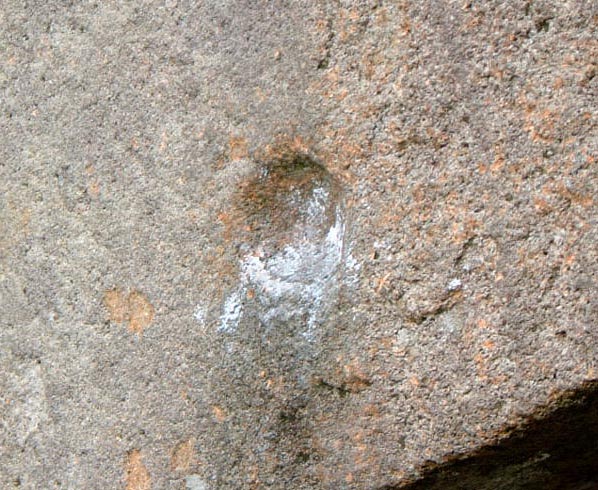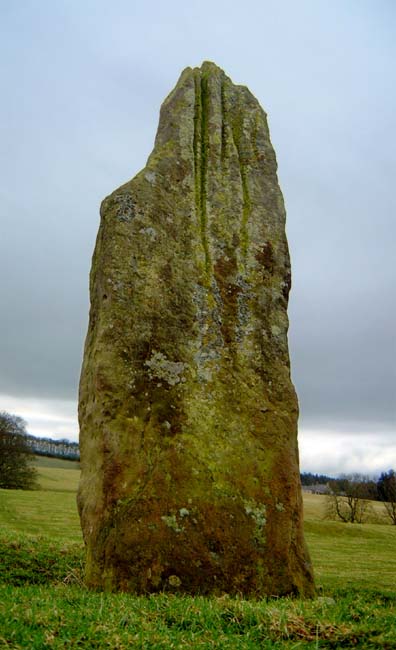Caught a glimpse of the boulders on the way to the Old Dungeon Ghyll. I made small ‘eek’ing noises in anticipation.
Then stopped off on the way back, having realised that there is just enough space for a vehicle or two, directly opposite the boulders, but it’s standard Lake District ‘narrow roads with fast cars’, so beware.
The boulders themselves are very nice. The view up to Pike o’Stickle stunning in morning sunlight. It was quite slippy underfoot, and there hadn’t been rain for a couple of days, so if it’s wet, again, beware. There are other cupmarks in the vicinity, but apparently the jury is still out regarding whether they are natural ‘vesicles’ or artificial carvings. Being me, I suspect the latter, I didn’t notice ‘vesicles’ elsewhere, only in the vicinity of Chapel Stile.
The carvings were quite visible, though being on volcanic stone, they are fainter than is usually the case with motifs on sandstone. But at the same time, they are not so eroded, so the peckmarks are discernable.
What was depressing though, was that there are still people climbing over the carved face.
The issue of climbing caused a minor stir, which the British Mountineering Council claimed was needless, as guidebooks would be altered, and a voluntary, self imposed ban would be enforced by climbers.
Whilst this may well be the case with most climbers, the Fell and Rock Climbing Club of the Lake district for exmple, flag up the existance of the carvings, and point out that English Heritage ask that climbers refrain from climbing in the areas containing the markings.
But the message isn’t getting through to all, or so it would seem. ‘Route 9’, the bouldering route over the face with the main carvings, is still being used, and the evidence of this is there for all to see in the form of chalk residue, used to assist climbers in attempting this ‘problem’ (as it is known in climbing circles).
Furthermore, close examination of the surface of the boulders shows that the cupmarks have been eroded over the years, but only on the lower lip, where one would place one’s feet if one were climbing up that face of the boulder. Now this may have taken ages to happen, but the cumulative effect is there, and it won’t get any the less with the increase in bouldering as a sport. Particularly as the Langdale Boulders are regarded as some of the best bouldering problems in the UK.
It’s unfortunate that this coincides with some of the best prehistoric rock art in the UK, surely there must be some way that both can co-exist without damage to this unique site.
I hope so. This is special rock art. Axe factory rock art. There’s not much of that about is there?
































